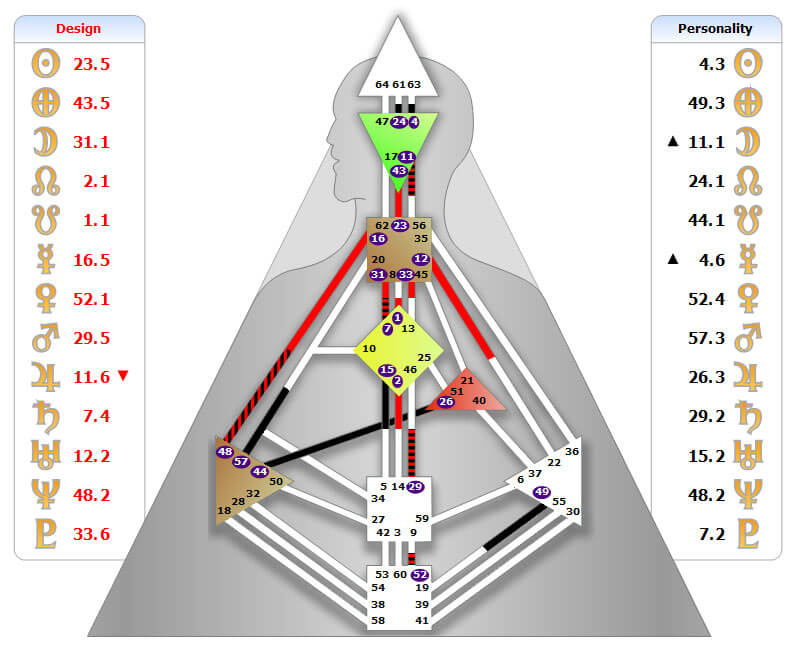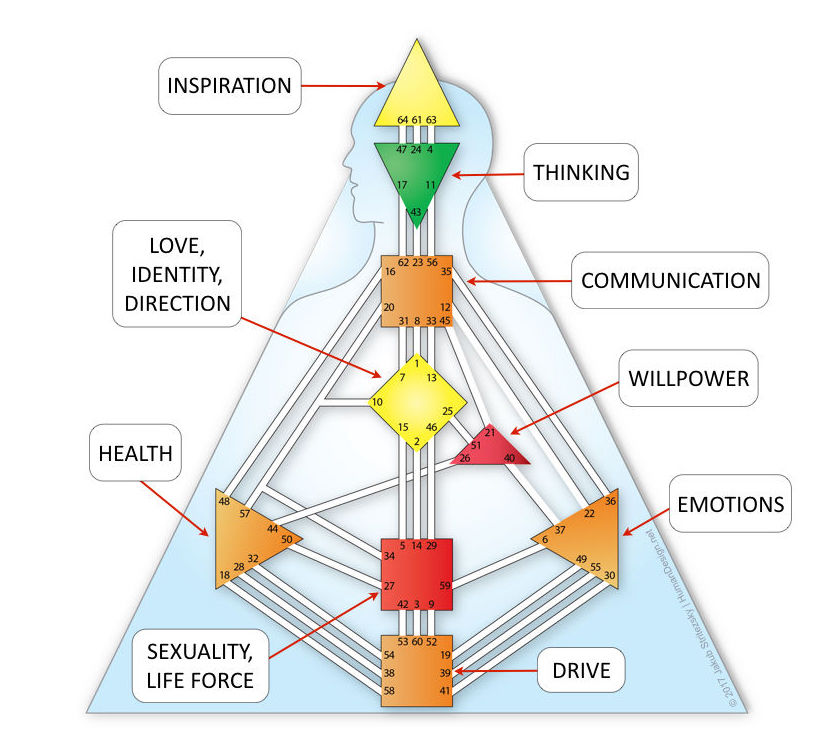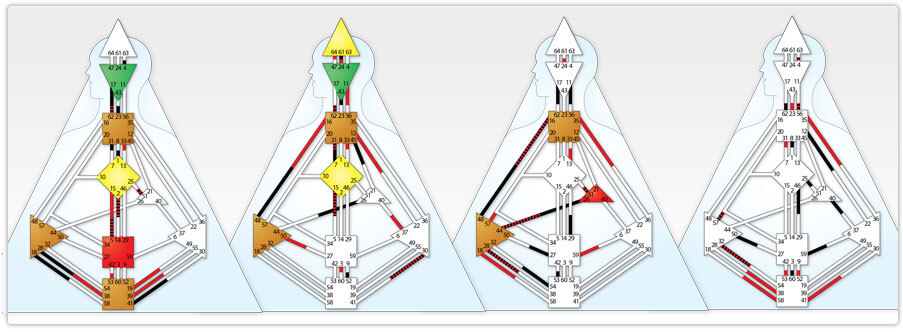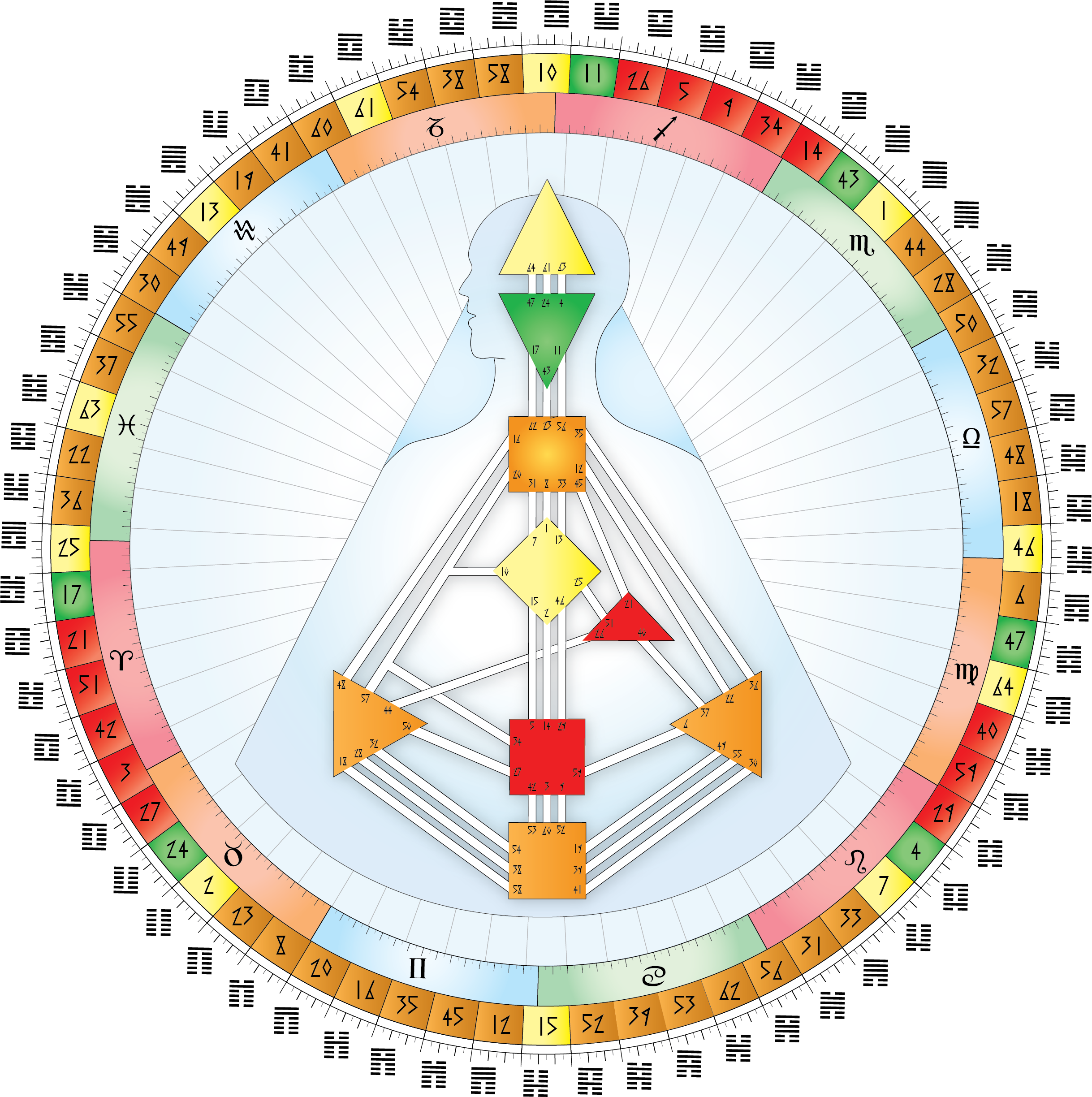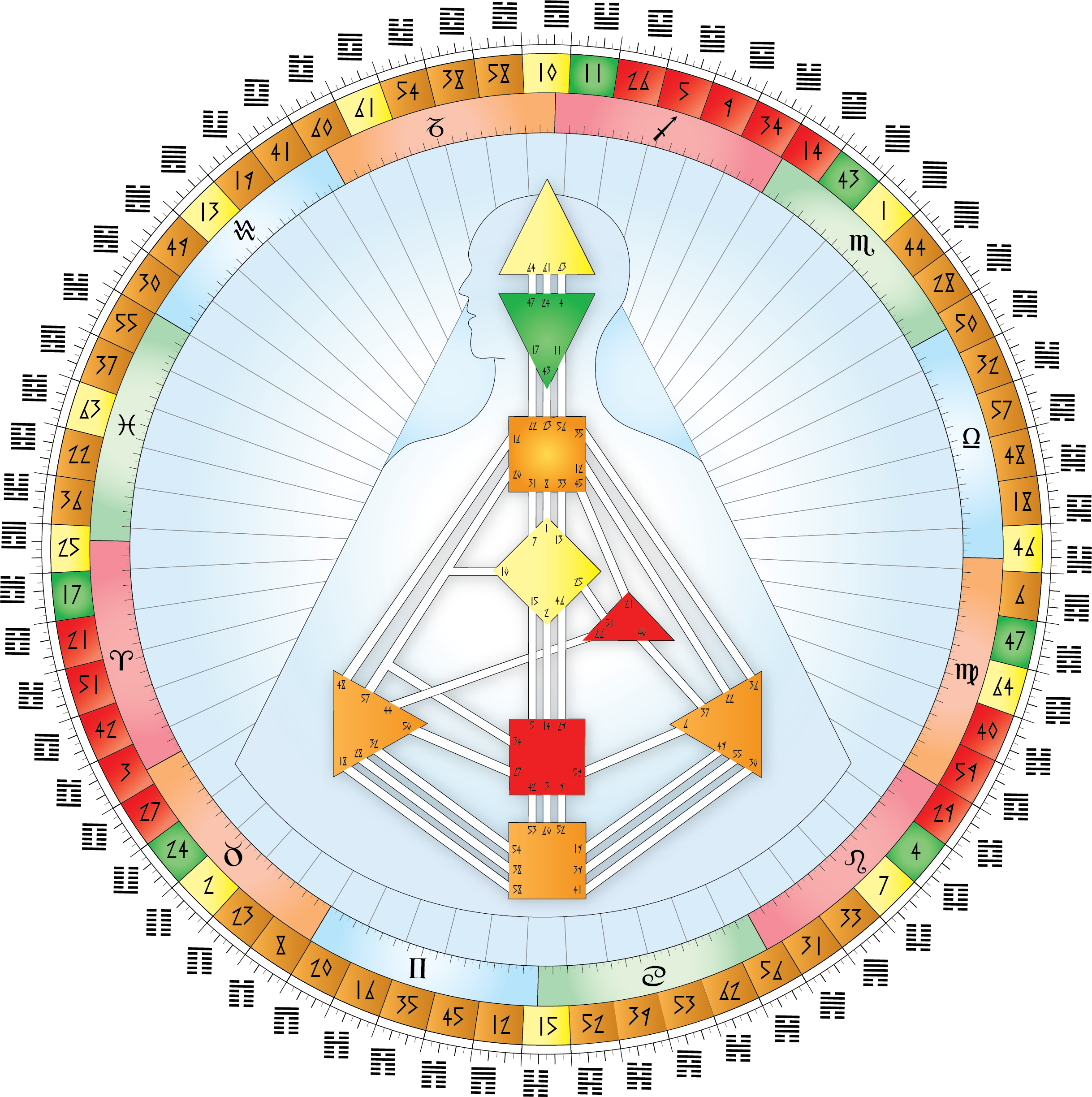About Human Design America
The official website for Human Design publishing and education. Human Design America is an accredited national organization licensed by Ra Uru Hu and Jovian Archive to represent the Human Design System in the United States.
The Human Design College is run by Human Design America, offering online education and certifications in the field of Human Design.
Subscribing to our newsletter will also give you the opportunity to save your digital products in our online library. We promise to never spam your inbox.
© 2023 Human Design America All rights reserved.
Contact
info@humandesignamerica.com
2300 W Alameda St., Unit B2
Santa Fe
NM 87507
USA
2300 W Alameda St., Unit B2
Santa Fe
NM 87507
USA
